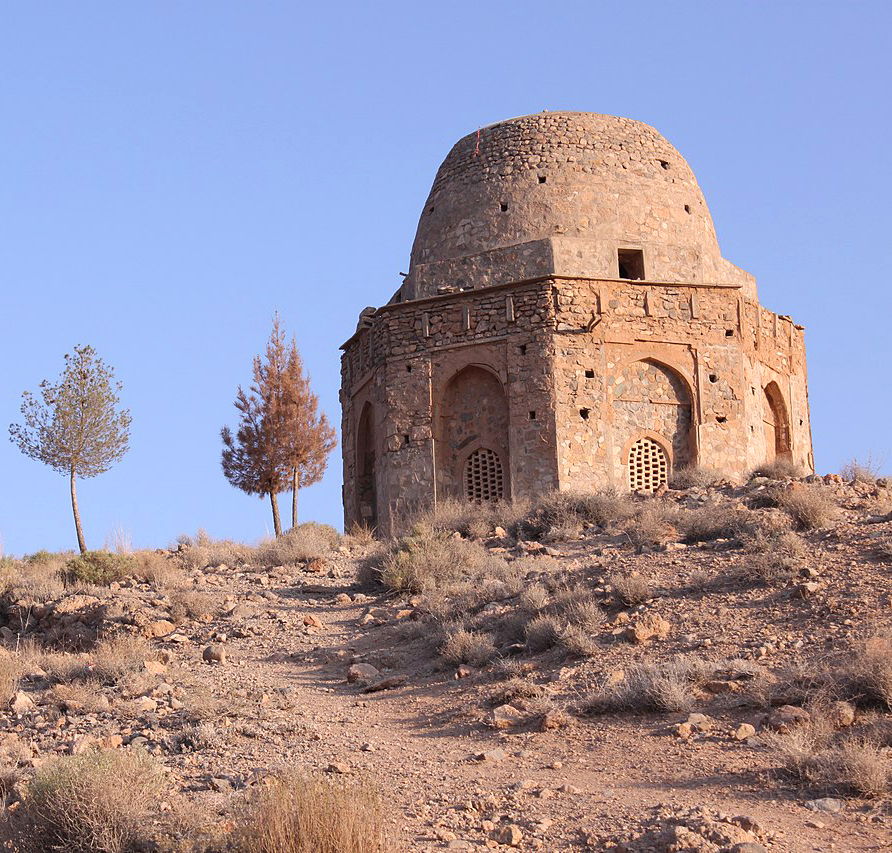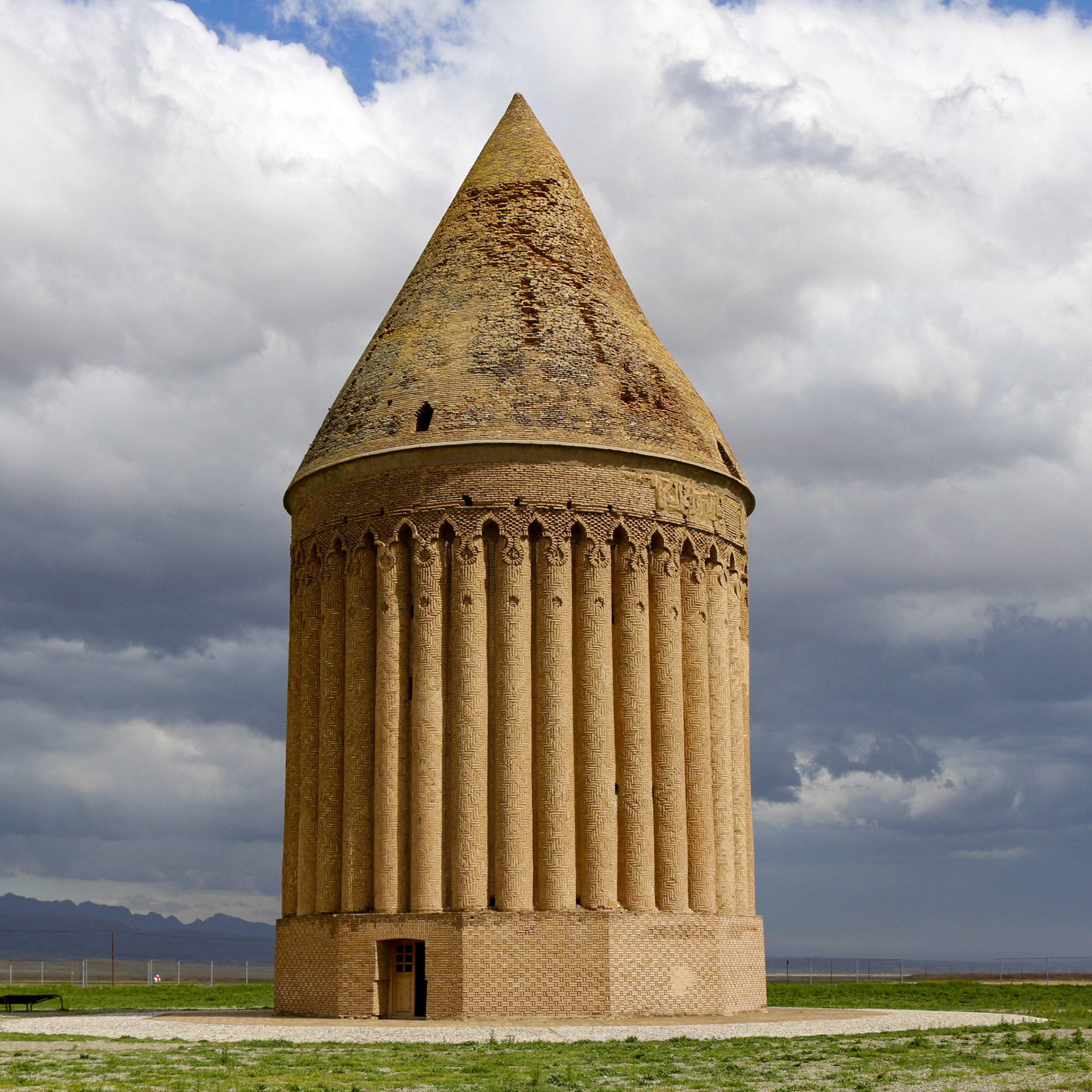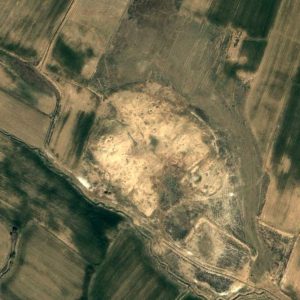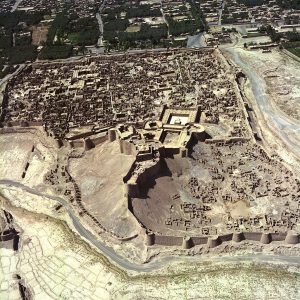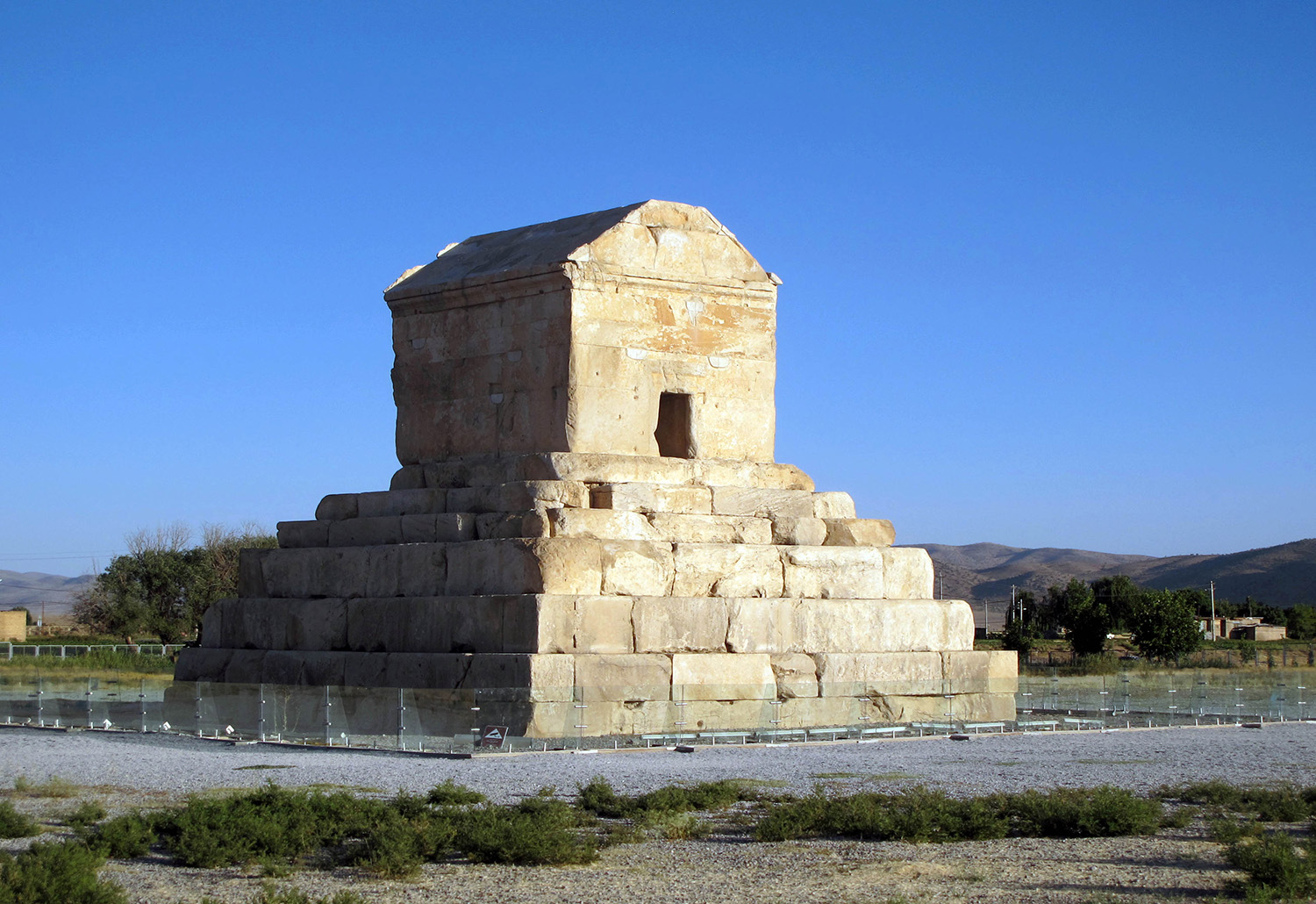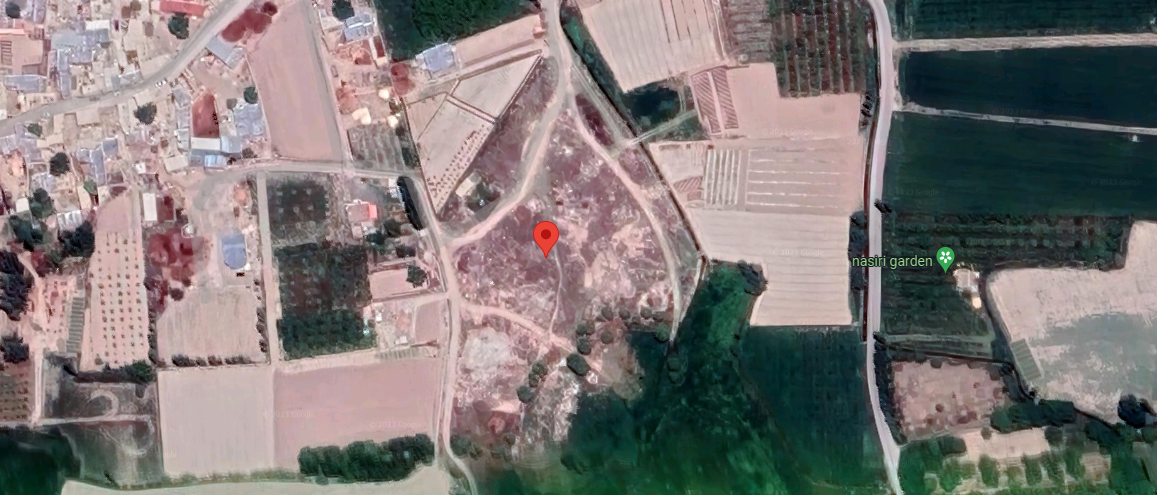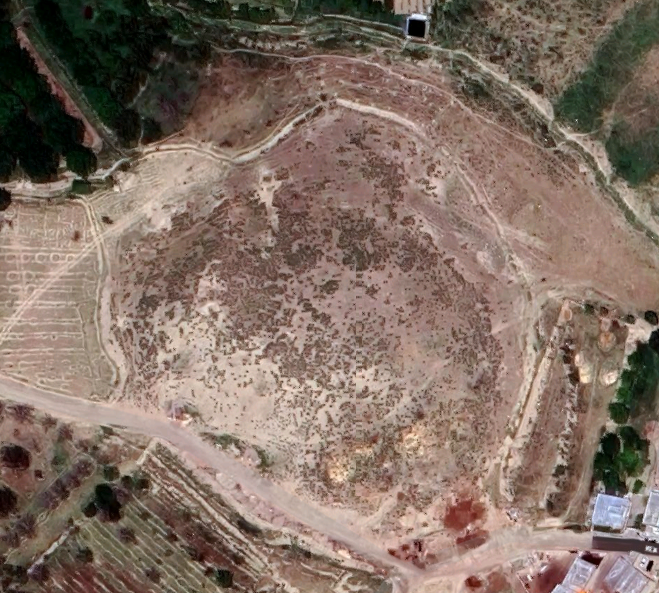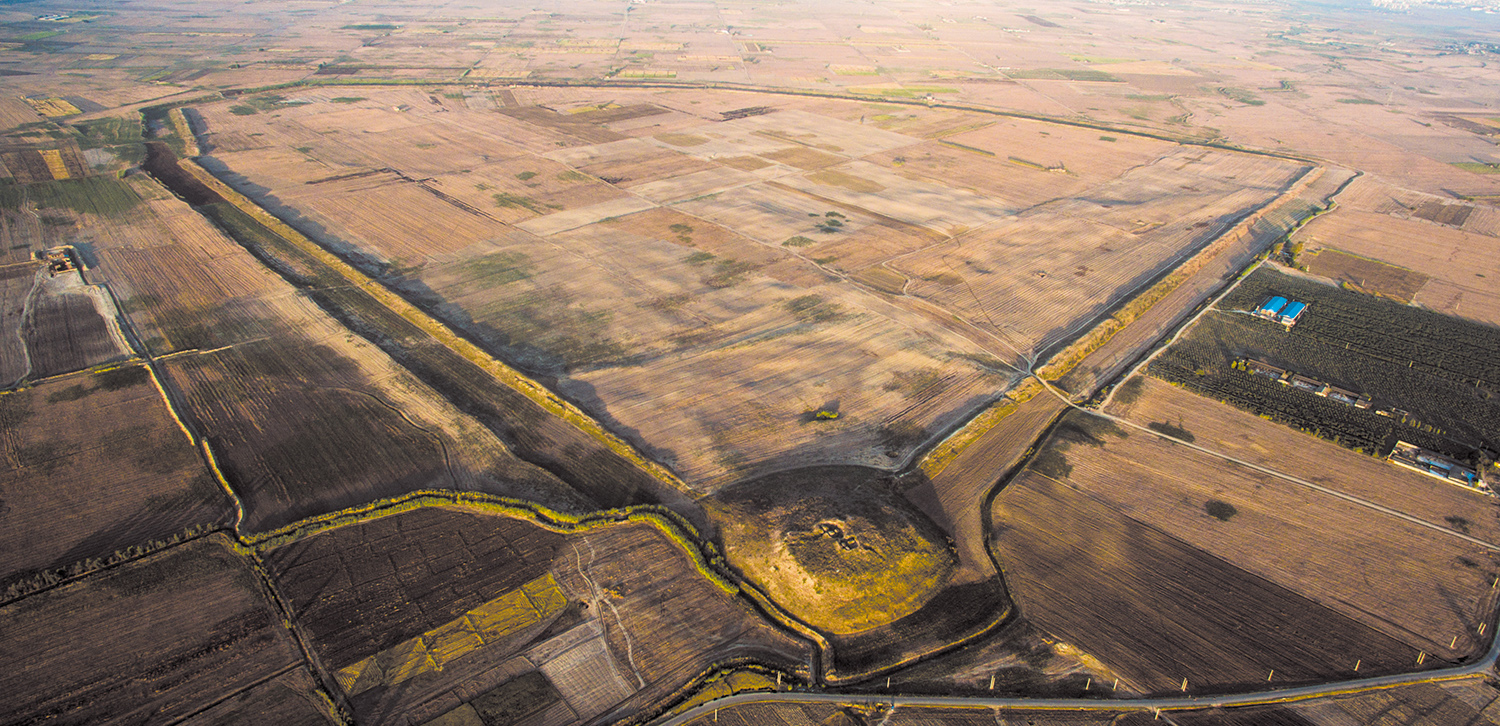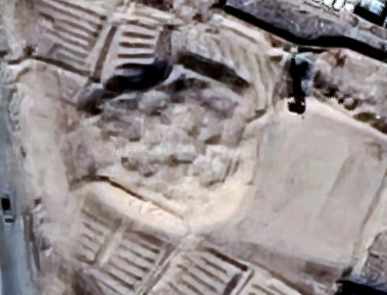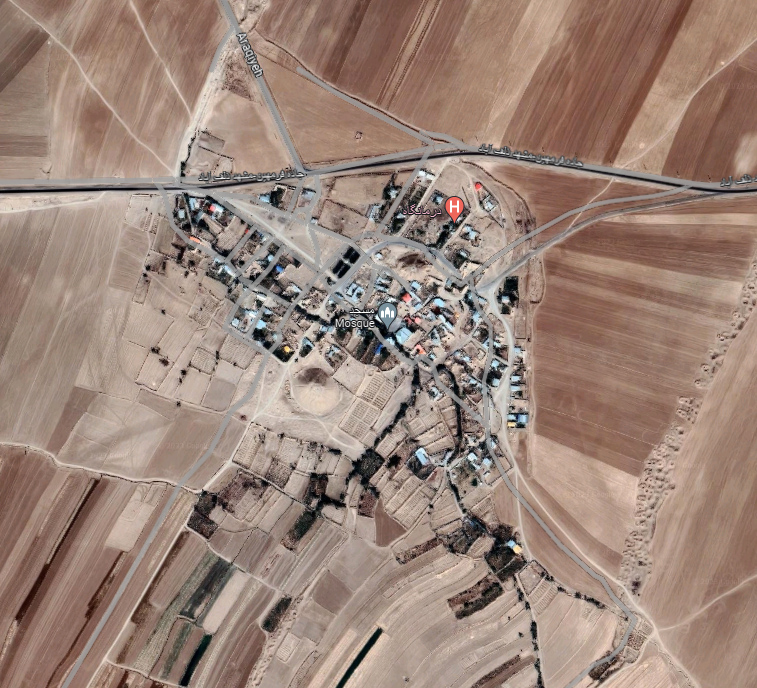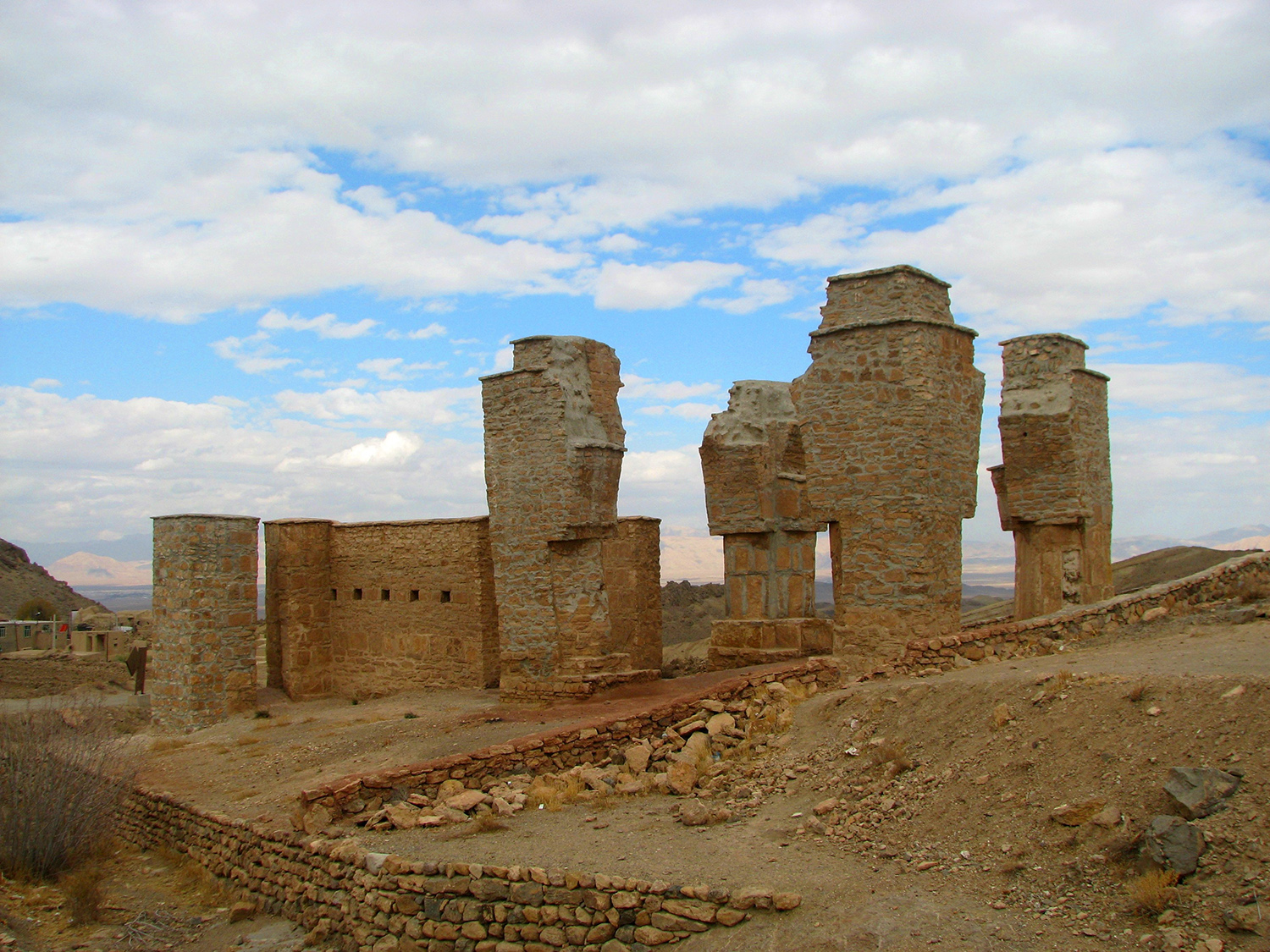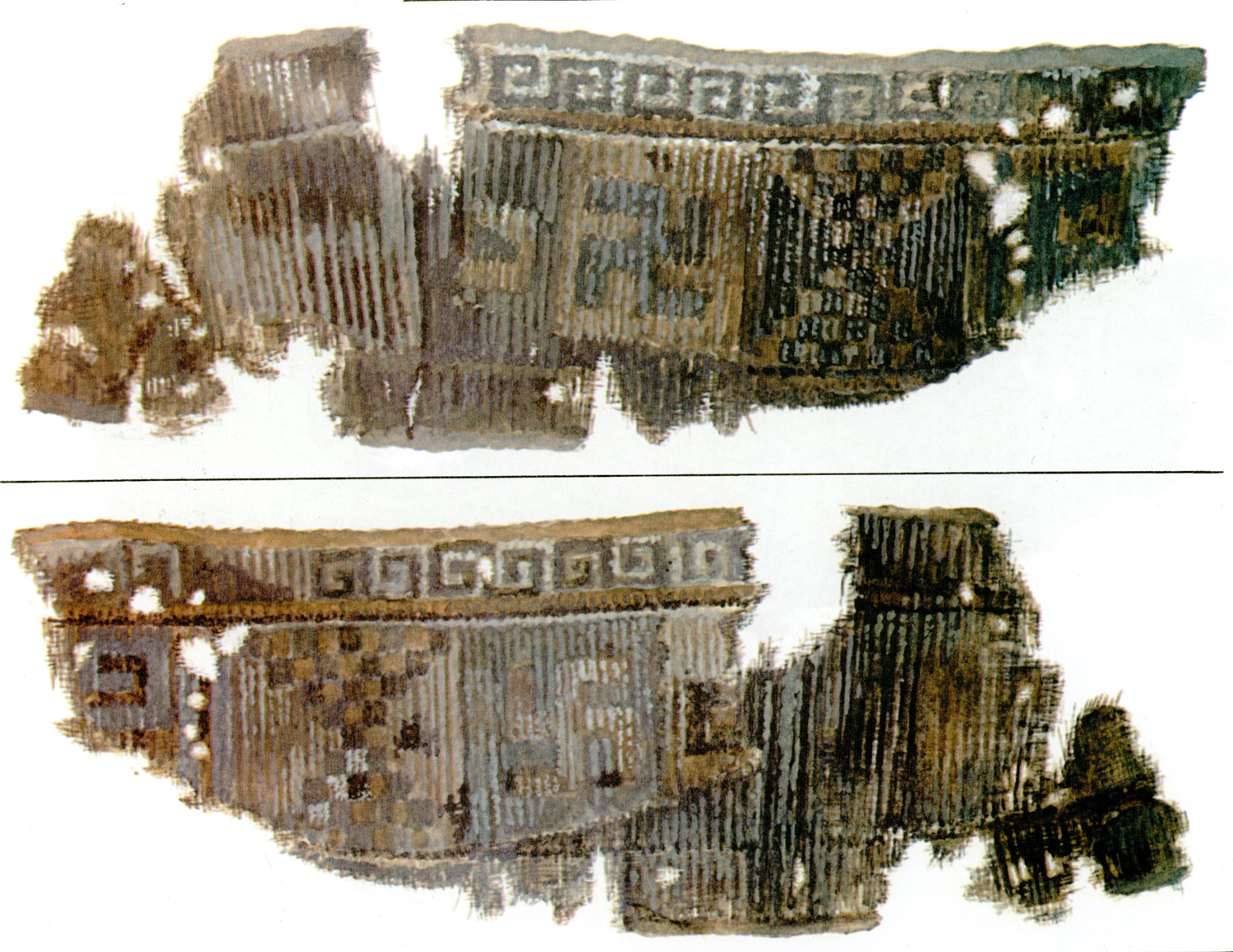Jūbanجوبن
Location: Jūban is an ancient graveyard 12 km northwest of Rudbar in northern Iran., Gilan Province,
36°52’31.6″N 49°29’05.7″E
Map
Historical Period
Iron Age, Parthian
History and description
The site of Jūban is is in the vicinity of the village of Jūban, on the west bank of the Rudbar River, 12 km northwest of the town of Rūdbar in the Sefid Rūd valley. Near the village, there is a locality named Nargeschāl where archaeological excavations revealed a graveyard with two types of tombs. Pit graves with grave goods such as pottery vessels, weapons in bronze, and personal ornaments; the ‘catacomb’ graves where the body was placed in a side chamber at the base of the shaft. The excavator, Ali Hakemi, attributes the tombs of the first group to the Proto-Iranians who came before the Medes and the Persians. As for the second group, based on the grave goods such as glass vessels and a silver Arsacid coin, he suggests a date in the Parthian period for the ‘catacomb’ tombs at Jūban.
Archaeological Exploration
The graveyard at Jūban was excavated by Ali Hakemi on behalf of the Iranian Department of Archaeology in 1965.
Finds
Pottery: typical pottery vessels of the Iron Age period, mostly Gray Ware but also Orange and Buff Ware/ Pottery vessels (tripods) of the Parthian period.
Metals: Weapons in bronze mostly found in pit-grave tombs; personal ornaments such as gold earrings, and bronze pins. A silver coin of Artavadze (son of Artabanus V).
Glass: a quantity of fine glassware was discovered in the ‘catacomb’ tombs of the Parthian period.
Bibliography
Aryamanesh, Sh., Kāvoshhā-ye bāstānshenāsi-ye Rudbar, Gilan, by Ali Hakemi, Tehran, 1396/2017, pp. 210-214 (for Jūban).
Hakemi, A., Kāvosh-e bāstānshenāsi dar Jūban, Rudbar, Gilān, unpublished report.
Author: Ali Mousavi
Originally published: June 5, 2022
Last updated: January 11, 2025








